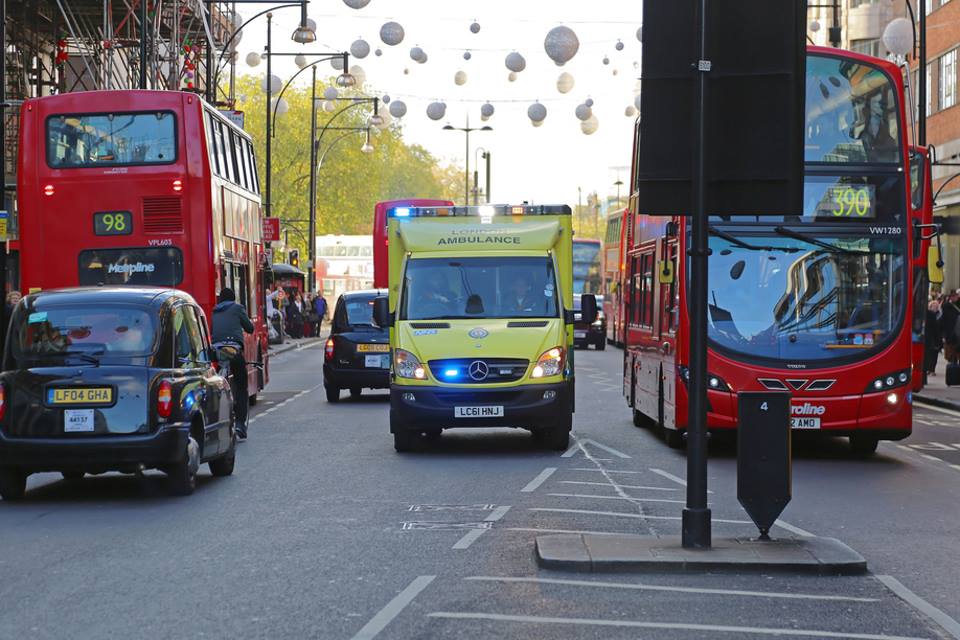
The future of the ambulance: A smart emergency care system
There are many reasons to require a smart ambulance, and often it is a simple matter of geography. What about the prototype born in Australia and its characteristics?
It’s likely that most people will need to rely on care from an ambulance from time to time across the course of their lives. But in many places, it’s sadly not as simple as calling up an ambulance and letting it do its job. In parts of Italy, for example, it can take as long as eight minutes for an ambulance to arrive at a life-threatening situation – which is lower than the figure in many European places. But help is at hand for embattled public services like these. From vast distances to a bottleneck in the data flow, there are many hurdles that a smart ambulance can overcome.
Why smart ambulance is required
Take the example of a city with a large suburban population: there may be one specialist hospital in the city centre, and it could take a large amount of time to navigate traffic and get the patient to care as soon as possible. A smart ambulance could make a difference.
Ambulance designers are responding this sort of problem with great ideas: the arrival of a prototype smart ambulance in Australia and New Zealand back in 2016 was welcomed in this regard, as it contained seamless communication features allowing paramedics to correspond with the caregivers at the hospital and prepare well for the patient’s arrival.
Other features include smart mechanic tools designed to identify ambulance engine problems immediately, as well as intelligent refuelling systems which use mobile natural resources to prevent running out of fuel in time-pressured situations.
Improving data functions
Smart technology is powered by network connectivity, of course, but its lifeblood is data. For an emergency caregiver, it’s easy to see why data functions which allow instant, accurate information flow can easily improve patient outcomes and make clinical decisions more quickly.
When treatment begins at the site of an accident, for example, a photograph snapped on a specially-designated device can then be linked via the cloud to the paramedics who remain in the ambulance. This can then be shared with the hospital caregivers in turn, and later – with the patient’s permission – to research bodies and other organisations. With a traditional non-smart ambulance, the architecture required to do this is often too fiddly – but with a simple and easy-access smart interface, it can easily become second nature.
Smart ambulances stand to change the way that emergency services around the world respond to threats and problems. From the mutual, two-way flow of data, they provide to the potential they offer to create a more efficient and seamless transition from paramedic to hospital, there are plenty of advantages to these innovative vehicles.
_____________________________
Author: Jane Sandwood is a freelance writer and a mom of two. Prior to taking a step back to homeschool her young family, she worked as a first responder for a couple of years before moving into more general health care. Health issues and ambulance crews, in particular, remain important to her. When not writing on her favourite topics, she takes long walks with her dogs


